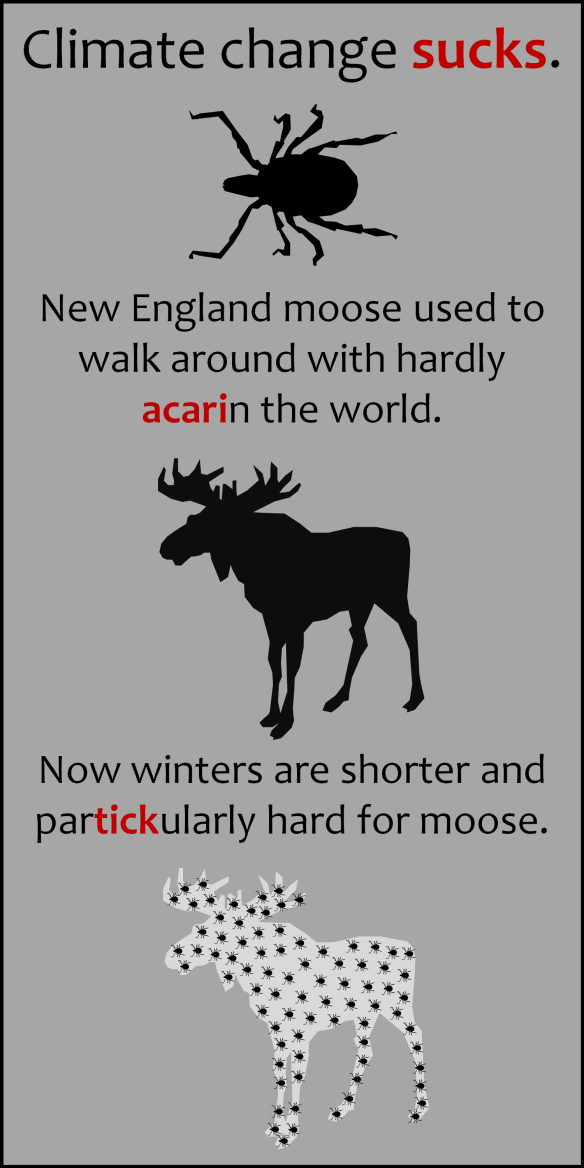 By Ande Jacobson
By Ande Jacobson
The Hidden Brain: How Our Unconscious Minds Elect Presidents, Control Markets, Wage Wars, and Save Our Lives was published in 2010, but it has retained its relevancy in these increasingly tumultuous times. Written by Shankar Vedantam, the book sheds some needed light on the increasingly complex situations being observed in society today by drawing on research efforts in human behavior and the social sciences to explain numerous seemingly conflicting phenomena. As an added bonus, the book’s notes section provides a comprehensive reference list to the studies cited.
As the author points out, the mechanism that allows for these biases to control our decision making originated in large part for our very survival as a species. In ancient times, prior to the development of what we recognize as civilization today, we relied much more directly on instinct for survival. Commonly known as the flight or fight response, we were driven by instantaneous secretion of hormones that allowed us to react without conscious thought, often saving our lives from an immediate physical danger. Then, as now, repetition was the key, a fact that marketing specialists have internalized, allowing them to manipulate our thinking in myriad ways without our conscious awareness.
Vedantam provides an introduction to The Implicit Project (www.implicit.harvard.edu) pioneered by psychologists Anthony Greenwald and Mahzarin Banaji. Here readers, like millions of people who have gone before them, can test and discover some of their own unconscious biases toward others in a number of areas such as weight, ethnicity, race, gender, or sexuality, and the results can be very enlightening.
People can mistakenly assume that the term unconscious bias means prejudice. In the context of the research that Vedantam discusses in the book, it doesn’t. The term unconscious bias in this context means instead a difference between one’s intentions and one’s actions. Unconscious biases affect actions in ways in which we are unaware. Vedantam encapsulates an assumption that most would accept as an undeniable truth in his introduction were all of our actions completely under our conscious control. After citing several examples where education ought to allow people to make informed decisions with respect to financial investments, risky personal behavior, actions taken during a disaster, or falling for outrageous claims by campaigning politicians, he writes:
“All these theories were based on an assumption – that human behavior was the product of knowledge and conscious intention. We believed that if you educated people, and provided them with accurate information, and offered them the right incentives, and threatened them with suitable punishments, and appealed to their better natures, and marked the exists clearly, the errors would vanish. Bad outcomes had to be the product of stupidity, ignorance, and bad intentions.”
In the course of his research for the book, what he found refuted this assumption. The data showed there were other factors at work that were not within a person’s conscious control, and these could affect decisions and actions in ways that one likely wouldn’t expect. Vedantam uses examples throughout the book to illustrate the concepts being presented. The examples stem from personal stories, some he witnessed himself, some he pulled from various studies he encountered in his research, and still others came from people he interviewed who shared their unvarnished foibles. With unconscious biases, the first step is awareness, without which nothing can change.
Some of the examples Vedantam presents in the course of the book include a costly miscarriage of justice in a criminal trial, an illustration of how early ethnic and racial biases can creep in with school children, and a particularly chilling account of how small group dynamics played a part in the survival, or lack thereof on two adjacent floors of workmates in the second tower during the events of 9/11.
Within a week of reading the book, I personally encountered a situation in which my own unconscious biases came into play. Having just read the book, I had the fortitude to question where my thought process was taking me, fending off actions that would have been counter to my intentions or my best interest. The situation related to annual enrollment for healthcare. I evaluated my available options through an engineering analysis, and even though the data pointed one way, my preconceived notion had me questioning the data’s validity. The data (checked by two other engineers who had a vested interest in knowing the result of the analysis) clearly showed what my action (and theirs) should be, but it took some effort to override the preconceived notion that went against the data showing the optimal choice for the best coverage and care with the lowest overall annual cost.
The Hidden Brain is well-written, extremely engaging, and is difficult to put down. Although presenting a good deal of study data, Vedantam has great skill as a storyteller, both informing and entertaining readers with his prose. This is an important book providing a great service to readers who wish to better understand their own motivations for their actions. With awareness, one can develop the tools to prevent at least some unintended actions.
Shankar Vedantam obtained a graduate degree in Journalism from Stanford University, though most of his journalistic career has focused on neurological and behavioral science. He’s currently NPR’s social science correspondent and is host of the Hidden Brain podcast. Prior to joining NPR, he worked as a science journalist at The Washington Post, and before that at The Philadelphia Inquirer.
Reference:
The Hidden Brain by Shankar Vedantam





